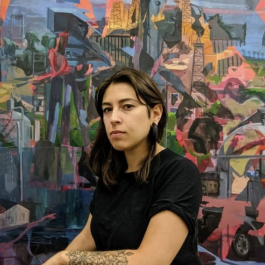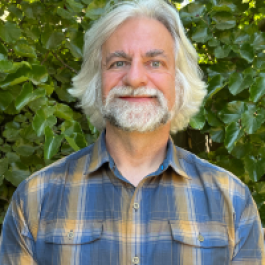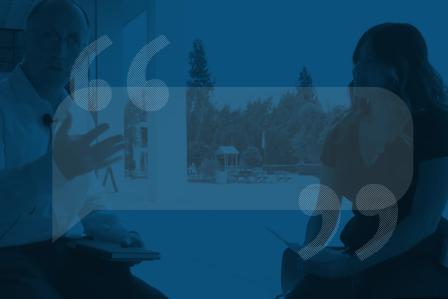12 - 2 p.m. PST
Conversations with Authors and Artists
Join us for an engaging installment of Conversations with Authors and Artists (CAA). In this series, Professor Jesse Wolfe from the English Department interviews two distinguished faculty members, typically from the College of Arts, Humanities, and Social Sciences (CAHSS), about their scholarly or creative endeavors.
This semester, we are excited to host a conversation about the environment, art, and scholarship featuring Dr. Philip Garone, author of The Fall and Rise of the Wetlands of California’s Great Central Valley, alongside Professor Mirabel Wigon, whose environmental-themed art is currently on display in the FDC.
The event will last for two hours, including a Q&A session, and we’ll provide food and refreshments. This event is open to the entire campus community, so come join us for a stimulating discussion and an opportunity to engage with our authors and artists!
Unable to attend in person? Join us via Zoom.

Miabel Wigon, Art Department
Assistant Professor Mirabel Wigon’s landscape paintings respond to environmental phenomena and critique the landscape-painting genre as a tool of settler colonialism and industrial triumph. She explores notions of progress, instability, and system collapse as catalysts toward a speculative future of co-dependency and resilience. She’ll share slides and discuss the evolution of her work since 2019 – moving from overt messages to utilizing environmental phenomena as a metaphor for catharsis as seen in Flare (above). You can view studies spanning multiple series currently on view in the FDC.

Dr. Phil Garone, History Department
For two decades, Professor Phil Garone has been researching and teaching about U.S. and global environmental history, and particularly issues related to ecosystem degradation and restoration, water resources, and climate change. He’ll discuss his first book on the environmental history of the wetlands of California’s Central Valley (see book cover above), his recent trip to Svalbard (Norway) to witness and document climate change in the High Arctic, and his current book project on the history and ecology of terminal lakes in the western Great Basin from the Pleistocene Epoch to the present.
